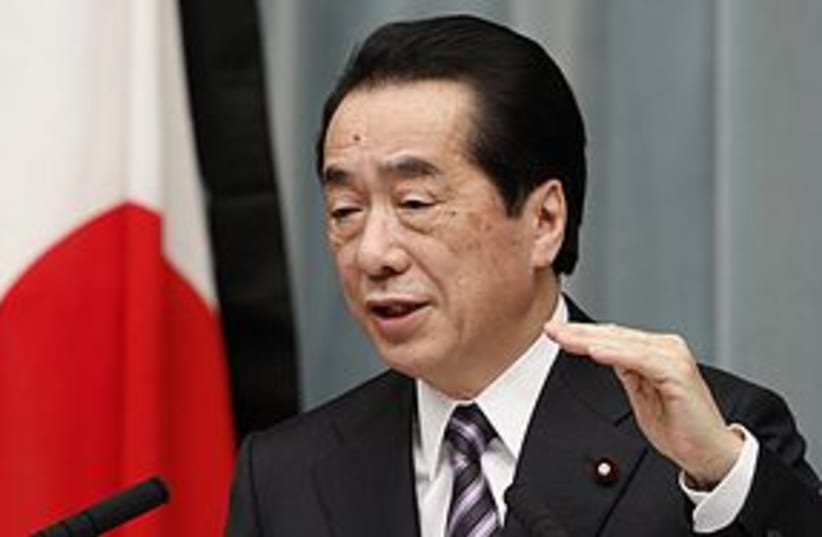RELATED:Spurred by Japan, world pledges cash for ChernobylFirst Person: Out of disaster, small comfortsChief Cabinet Secretary Yukio Edano told a news conference that as of midnight on Thursday, people will only be allowed into the zone under government supervision."The setting of the no-entry zone and (last month's) evacuation instruction are aimed at securing the safety of the people," Edano said."We will take strict legal measures against those trying to enter the area," he said. "For residents, all I can say is I ask for their understanding so that no legal action will be taken against them."Those breaking the ban can be fined up to 100,000 yen ($1,200) or face temporary detention by police.TEPCO has said it may take the rest of the year or longer to bring the plant under control.More than 130,000 people are still living in school gymnasiums and other shelters more than a month after the March 11 quake and tsunami that left some 28,000 dead or missing.
Japan expands nuclear evacuation zone to 20 km
More than 130,00 are homeless after quake, tsunami and nuclear crisis that left 28,000 dead; Japanese PM faces refugees' ire.

RELATED:Spurred by Japan, world pledges cash for ChernobylFirst Person: Out of disaster, small comfortsChief Cabinet Secretary Yukio Edano told a news conference that as of midnight on Thursday, people will only be allowed into the zone under government supervision."The setting of the no-entry zone and (last month's) evacuation instruction are aimed at securing the safety of the people," Edano said."We will take strict legal measures against those trying to enter the area," he said. "For residents, all I can say is I ask for their understanding so that no legal action will be taken against them."Those breaking the ban can be fined up to 100,000 yen ($1,200) or face temporary detention by police.TEPCO has said it may take the rest of the year or longer to bring the plant under control.More than 130,000 people are still living in school gymnasiums and other shelters more than a month after the March 11 quake and tsunami that left some 28,000 dead or missing.